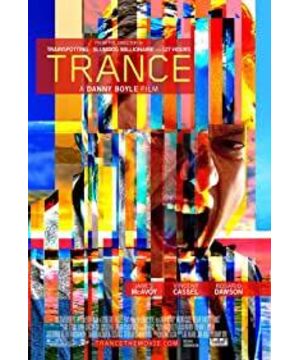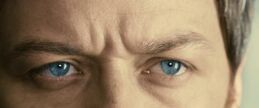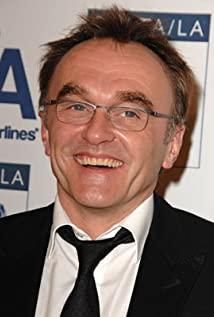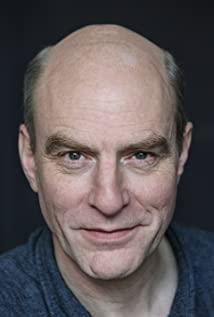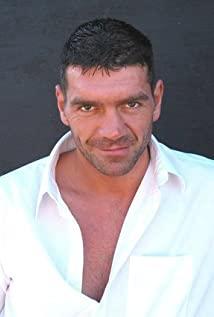After the opening of the Olympics, I read an article on the Internet. I can’t remember the content clearly. I just remember that the title is "When the new trend becomes society The hardcore". Once upon a time, Danny Boyle has gone from a restless, rebellious and rebellious story like a train-guessing train to a determined and warm theme such as the poor millionaire and 127 hours before becoming the director of the Olympic opening ceremony. Who wants to get Ewan McGregor's challenge to offend the audience by asking Ewan McGregor to drill the toilet in order to pick up drugs, will become one of the mainstream British directors? Who wants it.
But after watching Trance, I don't think he has changed much. Poor millionaires and 127 hours are impeccable in narrative and tailoring, but there is always a little bit of regret. And he didn't do that this time. In dealing with such illusory subjects, he still reveals his rebellious, boastful, and willing to offend character everywhere.
To narrate a story that alternates between virtual and real, the narrator must help the audience establish the rules of the game so that the audience can understand what is "virtual" and what is "real". Take a few well-known stories that describe the alternation of reality and reality as examples, such as Inception (full activation), which mainly allows characters to enter another space, and through the collapse and distortion of the space, to help the audience establish "this is a The concept of "Dreamland". Eternal Sunshine of the Spotless Mind (王牌Beds on the coast and so on.
But Trance deliberately blurs these rules of the game, deliberately creating a blurry boundary between virtual and real for the audience. At the beginning of the film, the treatment was very clear. For example, Simon received a package of memories that made Elizabeth and the underworld four appear in Simon's fantasy. The latter half was handled very ambiguously. For example, the scene I like very much is Simon heading to Franck's house, where I deliberately used the football game played back before, and at the same time created the strange feeling of "déjà vu" for the audience and Simon. Next, the elevated space and frosted glass are used to present the dialogue of the Four Gangs, echoing the fact that the Four Gangs also ate dinner in the elevated space after Simon's nails were removed earlier, using an ingenious change of space to suggest Simon's fear.
I really like the director's ingenuity in arranging these clues, just like dreaming. Sometimes you will be suddenly drawn away from the dream due to some familiar scenes and strange situations, and you find yourself dreaming. It's like Simon knocking on the glass to remind himself in the play. At the same time, the director began to abandon Elizabeth's clear "hypnotic commentary" in the second half of the movie, breaking the framework of "clearly explained" to break these boundaries between reality and reality, deliberately pulling the audience into a state of chaos and self-doubt.
Compared with Inception or Eternal Sunshine of the Spotless Mind, the former is mainly to create visual wonders, dream exploration and stimulation for the audience, and the latter is mainly to describe love, separation and forgetting. The plot core of Trance's movie is too abstract and insufficient. . I define this film as a story about the ebb and flow of the power relationship between men and women. The external power of men is finally defeated by the spirit and internal power of women. But obviously, such an indirect concept is not easy to handle or express, and the director deliberately wants to obscure the audience's judgment, the theme is even weaker.
Danny Boyle's stories often start to run wild in the second half of the story. My feeling is that he likes to challenge the audience's acceptance in the second half of the story and tell the audience "I don't like walking according to your expectations." For example, the scene of Xiao Li playing an adventurous video game in the jungle on the beach, such as Mark Strong, who is not known to be a man or a ghost in the catastrophe of the sun. Although Trance is not so serious, it is somewhat trapped in the same "stupidity." In the second half of the story, the character's power changes drastically, and the carbine suddenly comes back while the audience is still in the process of digesting. As far as I am concerned, I like his imperfect, out-of-thinking narrative, but on the other hand, the director wants to challenge the audience, and the audience has the right not to accept it, so I can understand that many people do not like the second half of the film. The reason for the paragraph.
The amazing thing is that I mostly don't like directors who show off their personal aesthetics and skills. But every time I look at Danny Boyle's works, I still get fascinated by his show off. Perhaps his method of handling scene switching is too smooth and interesting, or, how does he communicate with his lighting design and photography director, so that you can help you understand the contrasting colors, flowing light and shadow, Unexpectedly taking the lens and getting dazzled? He just has a way to attract your attention without blasting or 3D. The lighting of the Langxiang Church is so beautiful that it is completely unclear that it was shot in the cold winter. Arranging Simon to open the memory (ipad) in the confession room is also a meaningful and interesting scene. Of course there is music. How can you clearly communicate with the team you work with and arrange such an interesting, highly varied and impressive soundtrack? Perhaps the most powerful thing about Danny Boyle is his ability to integrate. He always has a way to play new tricks and make the music screen completely express his personal touch. The light, shadow, lens, and music are just as important as the plot and the characters.
To be honest, I think the director of this film wants to say too much. He wanted to talk about the power relationship between men and women, and at the same time, he wanted to combine his hard-working art knowledge, so he desperately explained "Witch in the Sky" or Rembrandt's works; Want to challenge the audience's acceptance, of course, the result of greed is easy to lose focus. But he handled it well and still maintained a neat and fast pace. The point is that his work always makes people feel interesting.
I like that he always let you know "this is Danny Boyle's work" within five seconds of the beginning of the film, and he always makes people look forward to the next time I want to tell what story, what music scene will be used, and who will he find actor? To make the audience look forward to excitement, I think there is nothing more important than this.
Personal rating: (for reference only) 7.5/10
(Of course, as a James McAvoy fan, I really have to kneel and kowtow to Danny Boyle for taking him such a beautiful picture. Director Dan, how persistent are you in filming him? Eyes? Every scene puts light on his eyes, making his aqua-blue eyes appear glaze-clear. Of course, you can see James playing such a hysterical and sexy role, as well as good music and good pictures. , What else can I ask for. Thank you Danny Boyle, I will also look for Zhan Yimei next time PLEASE!)
View more about Trance reviews


